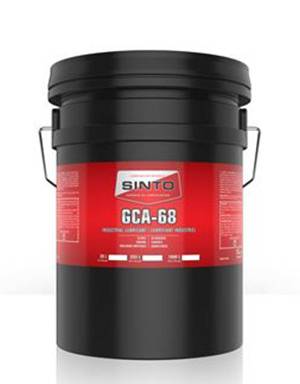ធ្នូ . 14, 2024 04:25 Back to list
Understanding the Significance of PPR Pipes in Modern Plumbing Systems
Understanding PPR Pipe A Comprehensive Overview
PPR (Polypropylene Random Copolymer) pipes have gained significant popularity in recent years due to their numerous advantages in a wide range of applications. As urban development accelerates and environmental concerns become more prevalent, the demand for efficient and sustainable plumbing solutions has surged. This article delves into the properties, benefits, applications, and installation of PPR pipes, highlighting why they are an excellent choice for both residential and commercial use.
What is PPR Pipe?
PPR pipe is made from polypropylene, a thermoplastic polymer known for its chemical resistance and durability. The random copolymer aspect refers to the molecular structure that offers improved flexibility and low-temperature performance compared to its homopolymer counterpart. This unique structure allows PPR pipes to withstand high pressures and temperatures, making them suitable for various hot and cold water applications.
Key Properties of PPR Pipe
1. Durability PPR pipes are highly resistant to corrosion, scaling, and chemical attack, which significantly extends their lifespan. Unlike metal pipes, they do not rust or infiltrate water with contaminants.
2. Temperature Resistance PPR can handle temperatures up to 95°C (203°F), which is ideal for hot water supply systems. This capability minimizes the risk of thermal deformation.
3. Low Thermal Conductivity With low thermal conductivity, PPR pipes are insulated against heat loss, resulting in greater energy efficiency in heating systems.
4. Lightweight Compared to traditional piping materials like steel, PPR pipes are much lighter, making them easier to handle and install, thereby reducing labor costs.
5. Cost-Effectiveness Given their durability and longevity, PPR pipes are a cost-effective option for plumbing. Although the initial investment may be higher than some alternatives, the reduced maintenance and replacement costs yield long-term savings.
Advantages of PPR Pipe
- Environmentally Friendly PPR is fully recyclable and non-toxic, contributing to a lower environmental impact compared to PVC or metal pipes.
- Installation Efficiency PPR pipes can be easily welded together using a heat fusion method, creating seamless joints that enhance strength and reduce the potential for leaks.
- Reduced Noise Levels The smooth internal surface of PPR pipes allows fluid to flow with minimal resistance, significantly reducing water hammer and noise levels during operation.
ppr pipe

- Wide Range of Applications PPR pipes are versatile; they are commonly used in residential plumbing, heating systems, irrigation, and industrial applications.
Applications of PPR Pipe
Given their inherent properties, PPR pipes find a multitude of applications
1. Water Supply Systems They are widely used in both hot and cold water supply systems, offering long-term reliability.
2. Heating Systems PPR pipes are particularly effective for transporting hot water in underfloor heating systems and radiators.
3. Irrigation Their durability and chemical resistance make them ideal for agricultural irrigation systems.
4. Industrial Use PPR is also employed in chemical transfer applications due to its ability to withstand corrosive substances.
Installation Practices
Proper installation of PPR pipes is crucial to ensure their performance and longevity. Here are some essential tips
- Preparation Clean the surface of the pipes and fittings before welding. Remove any dust or contaminants to ensure a strong bond.
- Use the Right Tools Employ appropriate fusion welding tools, including a heater and pipe cutters, to achieve a perfect fit.
- Follow Manufacturer Guidelines Each PPR product may come with specific installation instructions. Adhering to these guidelines will maximize the effectiveness of the plumbing system.
Conclusion
PPR pipes represent a significant advancement in plumbing technology, combining flexibility, durability, and environmental sustainability. Their unique properties make them an ideal choice for various applications, providing both reliability and efficiency. As the world shifts towards more sustainable solutions, PPR pipes are likely to play an increasingly vital role in modern infrastructure. Whether for residential or commercial projects, understanding and utilizing PPR pipes can lead to better plumbing outcomes and improved resource management.
-
HDPE Natural Sheet: Durable, Food-Grade & Versatile Plastic Solutions
NewsAug.27,2025
-
Durable Glossy PVC Rigid Sheet | Premium High-Shine Panels
NewsAug.26,2025
-
Durable PP Rigid Sheet: Lightweight, Chemical Resistant Solutions
NewsAug.21,2025
-
PVC Grey Sheet for Extraction: Chemical Resistant & Durable
NewsAug.19,2025
-
Durable PVC Pipe Fittings for Plumbing & Irrigation Needs
NewsAug.18,2025
-
HDPE Steel Belt Reinforced Spiral Corrugated Pipe | High Strength
NewsAug.17,2025

